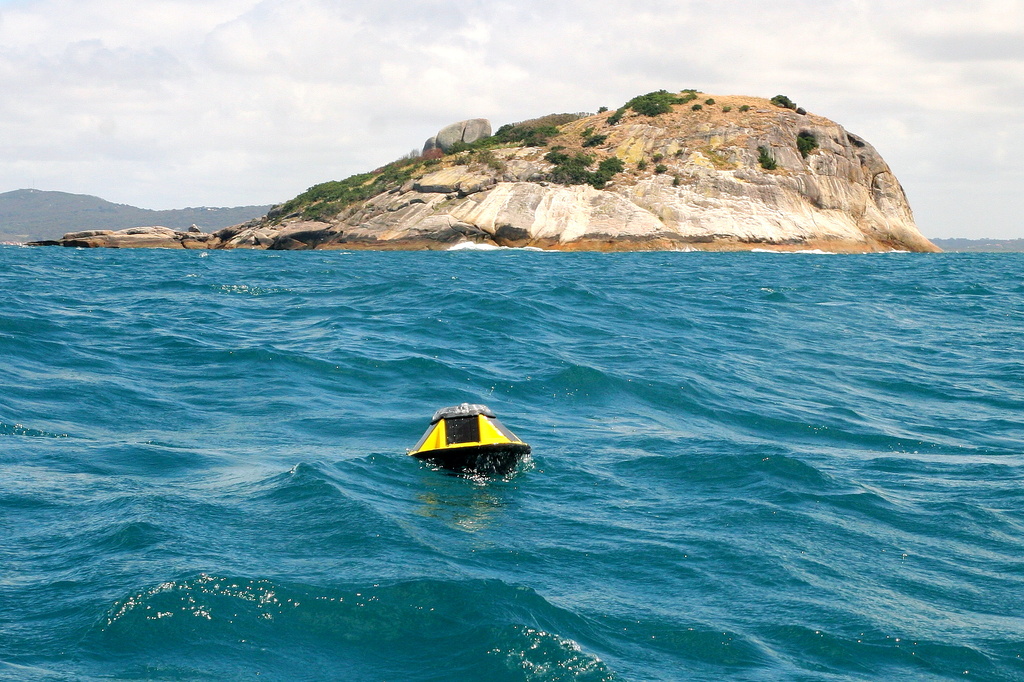Wave measurements across Australia’s oceans are essential for research, marine industries, government agencies and service providers.
The IMOS Low-Cost Wave Buoy Technology project, led by the University of Western Australia in collaboration with Deakin University, the University of Melbourne, Australian Institute of Marine Science and CSIRO, has been testing and developing methods of integrating this low-cost technology within in situ observation networks.
The project focused primarily on Spotter Wave Buoys, developed by Sofar Ocean Technologies. These wave buoys are significantly less expensive relative to conventional wave buoys, smaller in size and easier to deploy.
Testing of Spotter buoys has been rigorously compared to conventional wave buoys in a wide range of environments around Australia (including throughout Western Australia, Victoria and Northern Territory) over the past two years. These tests have confirmed that a wide range of wave properties can be obtained with comparable accuracy using the less expensive Spotter buoys.
Designs for the buoy moorings that maintain them in place were developed, tested and refined in a wide range of wave conditions (including extreme events) as well as in a number of current regimes (including sites with relatively large tidal ranges in the north west and Northern Territory).
The Spotter Wave Buoys captured some notable extreme events during the two years, including winter super storm conditions off Perth (significant wave heights exceeding 9 m and individual waves reaching nearly 20m), extreme waves generated by Tropical Cyclone Seroja along Western Australia and large winter storm events (significant wave heights >8 m) off Cape Bridgewater on Victoria’s south west.
Notably, the project monitored coastal temperatures along the Western Australian coast during the 2020/21 marine heatwave event that occurred in the north west. The Spotter buoys provided data in near real-time using the temperature sensors embedded within the buoys. This also enabled testing of new smart mooring Spotter wave buoys with temperatures recorded in near real-time at both the surface and bottom of the water column.
In addition to moored buoy observations, the project trialled drifting wave buoys along Western Australia (WA) that proved robust over long periods. A notable example was a drifting wave buoy that was released on the shelf on the southern WA coast at Bremer Bay that delivered near real-time wave data as it transited all the way to north of Australia, collecting data for over 18 months.
A major focus of the project was also developing QA/QC approaches for the wave buoy data based following international standards (IOOS QARTOD) and protocols for distributing delayed mode data into the AODN Portal. These protocols and results are feeding into the national ARDC wave archive project that commenced in 2021.
This project has represented a critical step in researching the capability and robustness of this emerging wave measurement technology into operational capability, while accelerating the wide-spread uptake of the technology for research and operational use – both within IMOS and internationally.
The IMOS investment into this New Technology project has developed confidence in the lower cost wave buoy technology, with the potential to dramatically expand the number of sites where waves can be measured.
